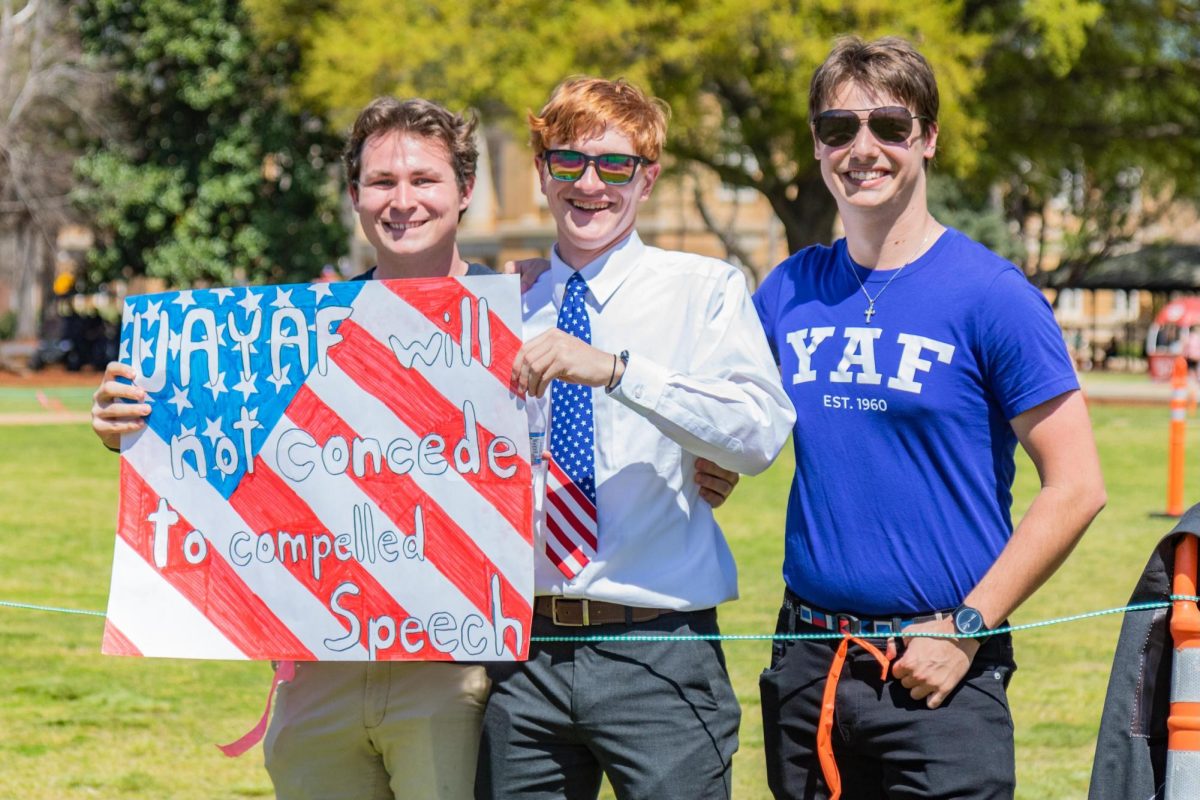History has a strange way of repeating itself. In a year of nationally covered racial embarrassments within The University of Alabama greek system, including the use of blackface for swaps, the UA unveiled a plan called “greek accreditation.” University administrators reported to The Crimson White that one of the program’s major goals was greek system integration, which required greek organizations to achieve a “chapter environment where students of different races, ethnic origins and religions are welcomed and included.”
Another UA official said it was time for greek organizations to “pay their social dues,” while then-UA President Roger Sayers wrote in a letter later that academic year stating that the University “can no longer in good conscience support an organization on campus that fosters, promotes or encourages segregation.” These events occurred in 1991 and 1992.
The goal of integration was not achieved. In 2011, then-President Robert Witt took the complete opposite approach of Sayers and said, “As independent social organizations, it is appropriate that all our sororities and fraternities – traditionally African-American, traditionally white and multicultural – determine their membership.”
This statement, which displayed a shocking resemblance to those offered in defense of Jim Crow in the 1950s, revealed that in the 20 years between 1991 and 2011, the University had fallen back 40 years.
What happened? Despite having the support of the SGA, IFC and Panhellenic, the accreditation program was frequently criticized as being “ambiguous.” Mistrust and misinformation began to surround the program and UA greek system alumni, who criticized the program’s lack of clarity, staged a walk-out of a UA meeting in protest. Two months later, the majority of IFC fraternity presidents signed a letter stating that they could not support the program. It was eventually watered down, and its racial diversity component was destroyed by its own lack of clarity.
The University, from its students and faculty, to the administration and alumni, cannot repeat the mistakes of the past. We applaud President Bonner for agreeing to “help our young people do the right thing.” However, simply saying that we must do the right thing isn’t enough. The University’s response now is even more ambiguous than in the past, failing to even announce if it is investigating its employees who actively encouraged discriminatory practices. The University must specifically identify what it believes the right thing is for greek organizations and present a plan for achieving it.
Without this tangible road map, accountability is impossible and mistrust will spread, just as it did 20 years ago. It was embarrassing in 1991 to have media attention on us for racial issues. It is a moral travesty that these issues still exist now. If the University wants to continue to press its out-of-state appeal and establish itself as a pre-eminent educational institution, it must prove to the world that it is not stuck in the 1950s by offering more than hollow platitudes.
The time for action is now. Students across all cultural boundaries of campus want action, national greek organizations on campus are demanding change, and the eyes of the world are on us. It is up to the administration to provide a plan around which all parties can rally. Without it, we will be facing the same problem, complete with coverage from national newspapers, in 20 years.
Our View is the consensus of The Crimson White Editorial Board. Online Editor Mackenzie Brown did not participate in this Our View.








